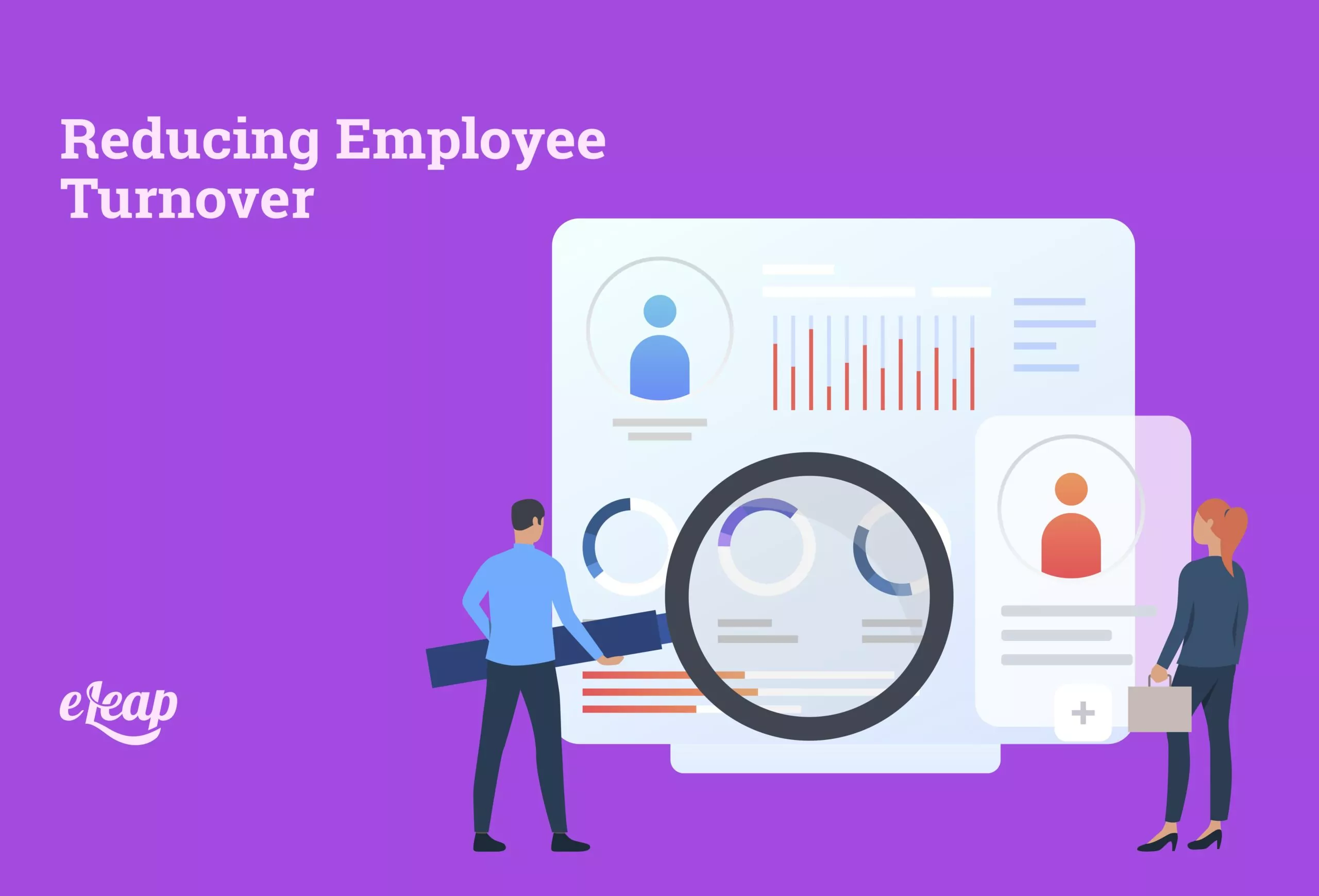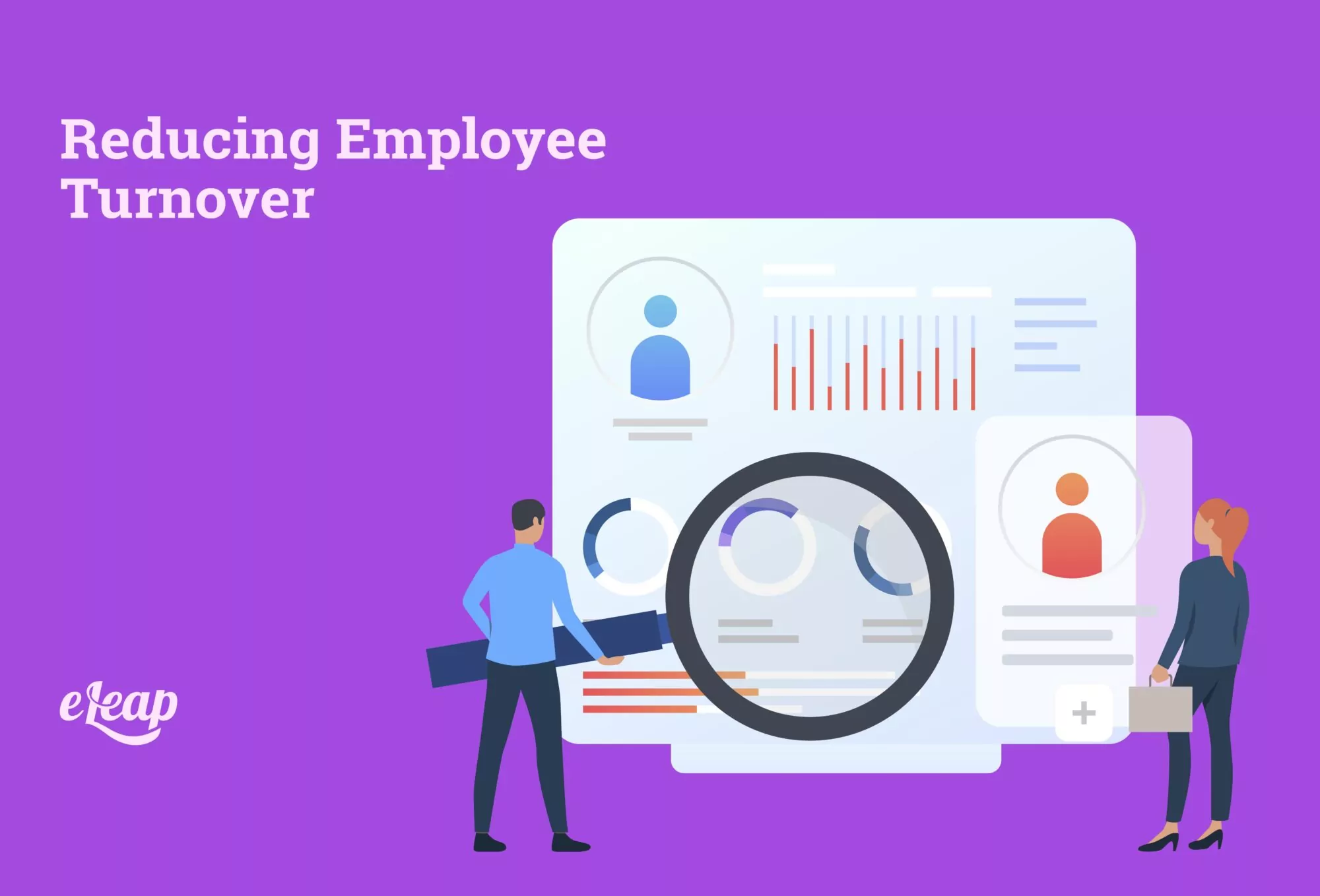Reducing Employee Turnover

One of the most important reasons organizations use PMS software is to increase retention and reduce employee turnover rates. This is one area of focus that corporate organizations have been trying to perfect for decades.
However, it’s much easier said than done, as sometimes reasons far beyond an organization’s control may lead to team members walking away. At the same time, there are several steps you can take to reduce high levels of employee turnover.
Sometimes it happens slowly, and other times it looks like a complete disaster. Employee turnover can often be a domino effect, with one team member departing leading to a string of resignations and gaps in your talent pool.
This article will give you some important secrets when it comes to reducing the number of team members that walk out on your organization. If you’re looking for a way to increase retention and avoid gaps in your workforce, you’re in the right place. These are the top secrets for reducing employee turnover.

Secrets to Reducing Turnover
There isn’t one specific method or approach to take when it comes to reducing turnover. However, through a mixture of the following methods and tips, you may find higher levels of success within your organization for keeping team members on for the long term.
1. Always Give Credit
This is one of the most basic pieces of advice when it comes to any corporate organization. You should never forget to give credit where credit is due.
When a team member departs, it’s normal that their portion of the workload will fall onto the shoulders of another team member or group of team members.
It becomes easy for these additional responsibilities to drag on, almost to the point of unfairness. This is when it becomes important to be able to give a general idea of how long these additional responsibilities will continue.
Why is this important? Because surveys have shown that many employees end up leaving because of unclear job expectations. When you ask team members to shoulder additional work for too long of a period, the atmosphere can become very unsavory.
It’s not uncommon for employees to feel as if they’re being overworked, and it’s important to discuss these situations when they arise. If a team member is asked to shoulder additional work, it may not be a bad idea to create a new position for them and give them extra praise.
Sometimes, additional compensation isn’t out of the question if it becomes a long-term situation. This can help avoid team members feeling underappreciated and walking out on you.
2. Be Real About Hiring Timelines
If you plan on hiring to replace any team member that has departed, be honest about any hiring timelines with your current team members. This gives them an idea of what to expect when it comes to additional work and receiving any type of relief.
Most likely, they’ll be wondering how long they’ll be required to pick up the additional slack because of the departure. Whenever possible, include these team members in the hiring and interview process. If they’ve been a vital part of shouldering the workload, don’t exclude them when it comes to permanently filling the position.
Don’t allow weeks to go by without updating team members about where you stand regarding the hiring process. The lack of communication is one of the most sure-fire ways to kill morale around the office.
When you keep team members in the loop, it’s easier for them to see the end of the additional work they’ve been shouldering. This reduces the chances of them wanting to make their exit as well.
3. Managers Should be Empathetic
This is an incredibly important part of any PMS platform. You should be training your managers to remain empathetic at all times. During times of departure, managers should lead with empathy in order to better understand the remaining team members’ needs and feelings regarding the situation.
There’s a good chance that the reasoning for a team member leaving could be collectively felt around the office. This is when it becomes important for your management to recognize these things and act accordingly.
When team members are feeling overwhelmed, it’s important to lighten their workload or give them some type of relief. If they’re feeling unappreciated, management should increase the levels of appreciation around the office to make them feel like you recognize their efforts.
When you have strong managers that are in tune with the needs of employees, this can significantly lower the turnover rates within the company. Currently, empathy is one of the most important soft skills that a manager can possess.
4. Have Stay Interviews
Stay interviews are conducted with current team members to find out important information regarding how they feel about the company. Find out what they like about the organization and what keeps them remaining as team members.
This gives you a chance to capitalize on the positive elements of your organization and add to these benefits. Having this understanding is important for decreasing the overall turnover rate of current team members.
5. Find Out About Departures
Finally, and perhaps most simply, find out why team members are departing. Sometimes this is so simple that it’s often overlooked.
These vital but simple pieces of information can be your single most important piece of ammo when it comes to decreasing turnover. Understanding these things will allow you to make changes to areas of challenge within the organization.
All of the previously mentioned tips and secrets can easily be implemented into your PMS platform. Whether this is done through surveys, one-on-one interviews, or other avenues, implementing the appropriate methods to obtain this information shouldn’t prove to be difficult.
The most important part is remaining focused on obtaining this knowledge so you can increase what’s working and decrease what’s presenting challenges. By showing a focused effort on concern for your team members’ opinions, turnover rates should decrease significantly.
Sometimes the answer doesn’t lie within a technical upgrade or new software. Genuine attention to detail and opinion through human interaction can solve many important challenges within any corporation.